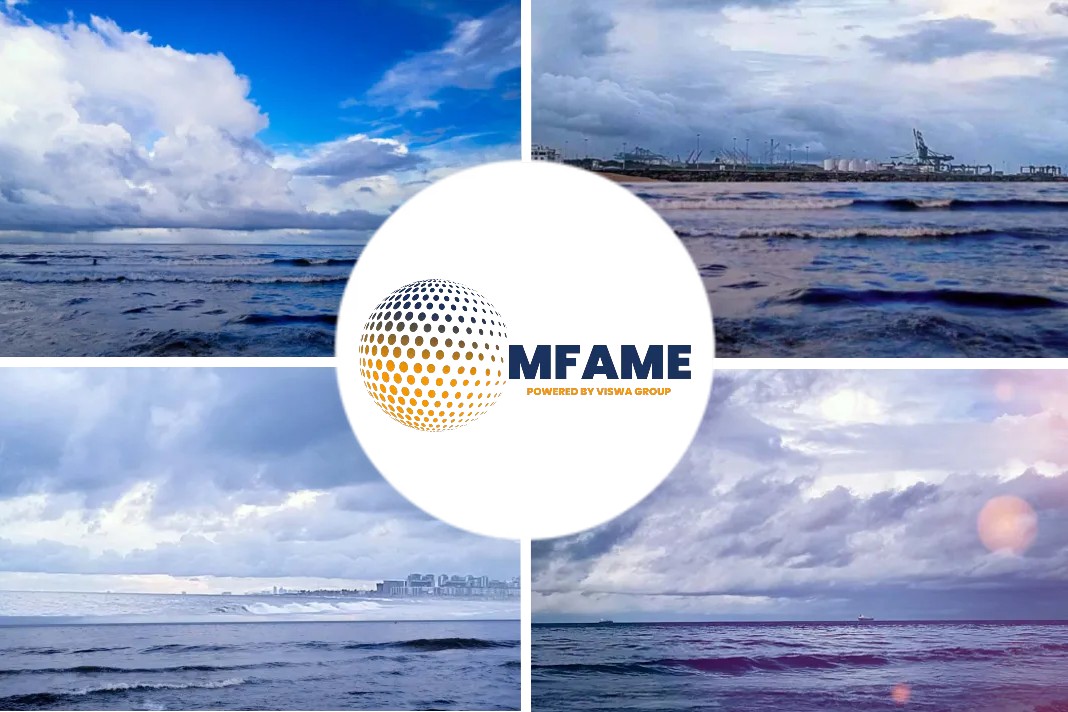- There will be an increase in M&A Activity in the near future.
- It’s the consolidation section which will witness this major boom.
- Transatlantic and south asian routes are still quite ‘competitive’.
The freight collapse in the second half of 2017 was far out of line with the underlying supply and demand fundamentals, suggesting the self-sabotaging traits of carriers. This doesn’t look promising for the proclaimed golden age of carriers. Despite all this, nearly 400 different vessel operators are still active, there is plenty of competition and potential for more merger and acquisition activity, shipping consultancy Drewry said.
The agency believes that the future will be bright for the consolidation sector as the latest consolidation wave suggests.Though the wave is yet to kick in, with most transactions being either on the loop or just have been concluded. This competition of outstanding deals will lead to the active control of the containership fleet by the leading seven carriers who control 90% of the fleet, as of October 1.
Based on the known ship data series, there were 379 different vessel operators, all bar 31 of which garnered less than 0.1% market share. With so many operators on the water “there is clearly a lot of potential for more M&A, but in reality the majors are unlikely to be interested in the small fry.” Further analysis by Drewry has showed that after this latest string of M&A activities most of the routes will be “Competitive” or “Moderately Concentrated”.
“The industry is heading towards a scenario whereby a small handful of dominant carriers dictate matters, but there is still healthy competition in most trades for now. Shippers will need to stay watchful for deals that impact their main routes,” says Drewry report.
Two of the trades covered, northbound Europe-East Coast South America and westbound Europe-South Asia, do not fit the ‘highly concentrated’ description, but being relatively close to a Herfindahl-Hirschman Index (HHI) reading of 2,500, they are at the lower end of the definition.
Three trades, the two Asia-Europe headhaul routes and the southbound Asia-East Coast South America trade, moved from ‘competitive’ to ‘moderately concentrated’, where they will likely stay without further consolidation.
However, the transatlantic, south-asian, transpacific and the asia-middle east routes are still quite ‘competitive’ on the HHI scale and the addition of SM Line to the Asia-East Coast North America will see the HHI number scaling down a bit in the next year.
Till then the market remains moderately competitive for M&A Activity and hence the hope of a bright future.
Did you subscribe for our daily newsletter?
It’s Free! Click here to Subscribe!
Source: World Maritime News


















